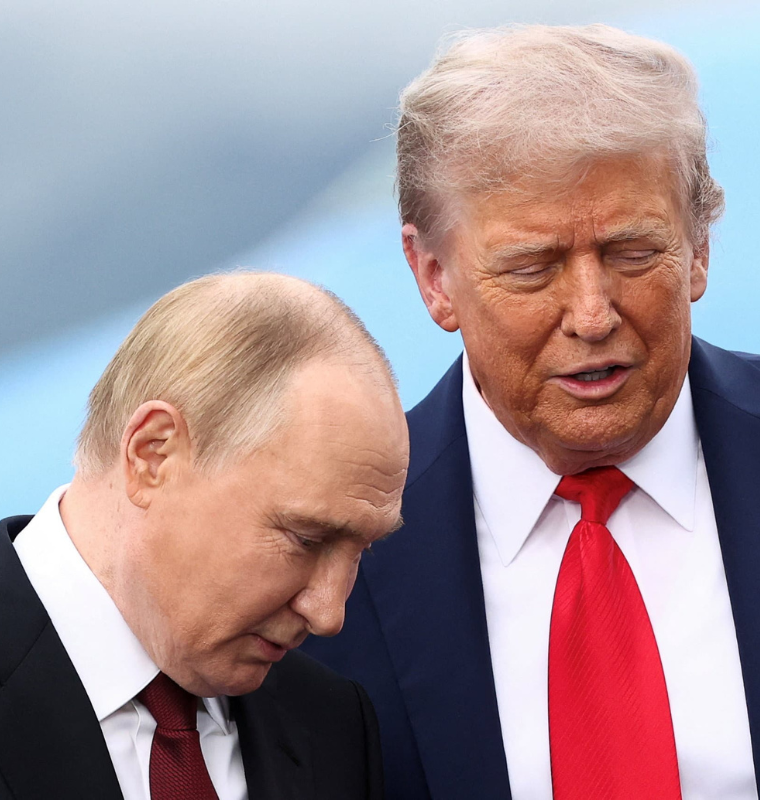China Resumes U.S. Soybean Purchases Ahead of Trump–Xi Summit
China Resumes U.S. Soybean Purchases Ahead of Trump–Xi Summit
By
Rachel Steinberg
Last updated:
October 29, 2025
First Published:
October 29, 2025
.jpg)
Photo: Bloomberg.com
China has quietly restarted large-scale purchases of American soybeans, marking the first major U.S. grain deal of the 2025 harvest season. The move comes just days before the highly anticipated Trump–Xi summit, signaling potential progress toward easing trade tensions between the world’s two largest economies.
Beijing’s First U.S. Soybean Deal of the Season
According to trade sources cited by Reuters, China’s state-owned COFCO Group — one of the country’s largest agricultural importers — has bought three cargoes of U.S. soybeans, totaling roughly 180,000 metric tons. The shipments are scheduled for December and January delivery through Pacific Northwest export terminals.
The purchase represents China’s first order from the current U.S. soybean harvest, ending months of hesitation amid political uncertainty and lingering tariffs on agricultural goods.
Although COFCO declined to comment on the deal, analysts say the timing is no coincidence. “It’s a goodwill gesture ahead of the Trump–Xi meeting, and a sign that Beijing wants to keep agricultural diplomacy alive,” said one senior commodities strategist.
A Lifeline for U.S. Farmers
The U.S. soybean sector — a cornerstone of American agriculture worth over $50 billion annually — has faced mounting pressure due to weaker Chinese demand. For most of 2024, China had redirected its soybean imports to South American suppliers, especially Brazil and Argentina, which benefited from competitive pricing and fewer trade barriers.
This shift cost U.S. farmers billions in lost export revenue, particularly in Midwestern states that have historically supported Trump. The latest purchase offers a ray of hope to growers who have struggled with declining margins and oversupply.
In the wake of the announcement, Chicago Board of Trade (CBOT) soybean futures surged to a 15-month high, rebounding from recent five-year lows. Futures climbed above $12.80 per bushel, as traders priced in the possibility of renewed Chinese buying momentum.
A Strategic Trade Signal
China is the world’s largest soybean importer, consuming more than 60% of global soybean exports, primarily to feed its massive livestock and poultry industries. The resumption of U.S. purchases could signal that Beijing is seeking to rebalance supply chains and diversify its import sources, reducing reliance on South America as climate risks and shipping bottlenecks intensify.
Analysts also note that Beijing’s decision likely serves a strategic diplomatic purpose ahead of this week’s Trump–Xi discussions. “Agriculture has always been the pressure valve in U.S.–China trade relations,” said a senior Asia-Pacific trade analyst. “By buying soybeans, China is sending a signal of cooperation without making larger concessions yet.”
Market Reaction and Broader Impact
The purchase news sparked optimism across global commodity markets. Agricultural shipping companies in the Pacific Northwest reported increased booking activity, while U.S. exporters expect more contracts in the coming weeks if the summit produces a friendlier trade tone.
Meanwhile, U.S. farm lobby groups welcomed the move as a step toward rebuilding confidence. “It’s a positive start, but farmers need sustained access to Chinese markets, not one-off deals,” said an Iowa soybean producer association spokesperson.
If the Trump–Xi meeting results in broader agreements — such as tariff adjustments or enhanced food security cooperation — the impact could ripple across both economies.
The Road Ahead
While the deal represents a symbolic yet significant thaw, experts caution that structural tensions remain. Issues around intellectual property, semiconductor restrictions, and export controls continue to overshadow the trade relationship.
Still, for U.S. farmers and global markets, even a temporary reopening of China’s soybean demand could reshape agricultural flows worth tens of billions of dollars.
As Washington and Beijing prepare for the summit, this soybean purchase stands as a small but powerful gesture of economic diplomacy — proof that even amid rivalry, trade remains a bridge neither side can afford to burn.
Popular articles
Subscribe to unlock premium content
The Business Behind Handcrafted Japanese Knives That Sell for Thousands

How Calm Turned Bedtime Stories Into a $1 Billion Wellness Empire

The Rise of AI Digital Pets as a Billion-Dollar Fantasy

The Business Behind Handcrafted Japanese Knives That Sell for Thousands

How Calm Turned Bedtime Stories Into a $1 Billion Wellness Empire

The Business Behind Handcrafted Japanese Knives That Sell for Thousands









